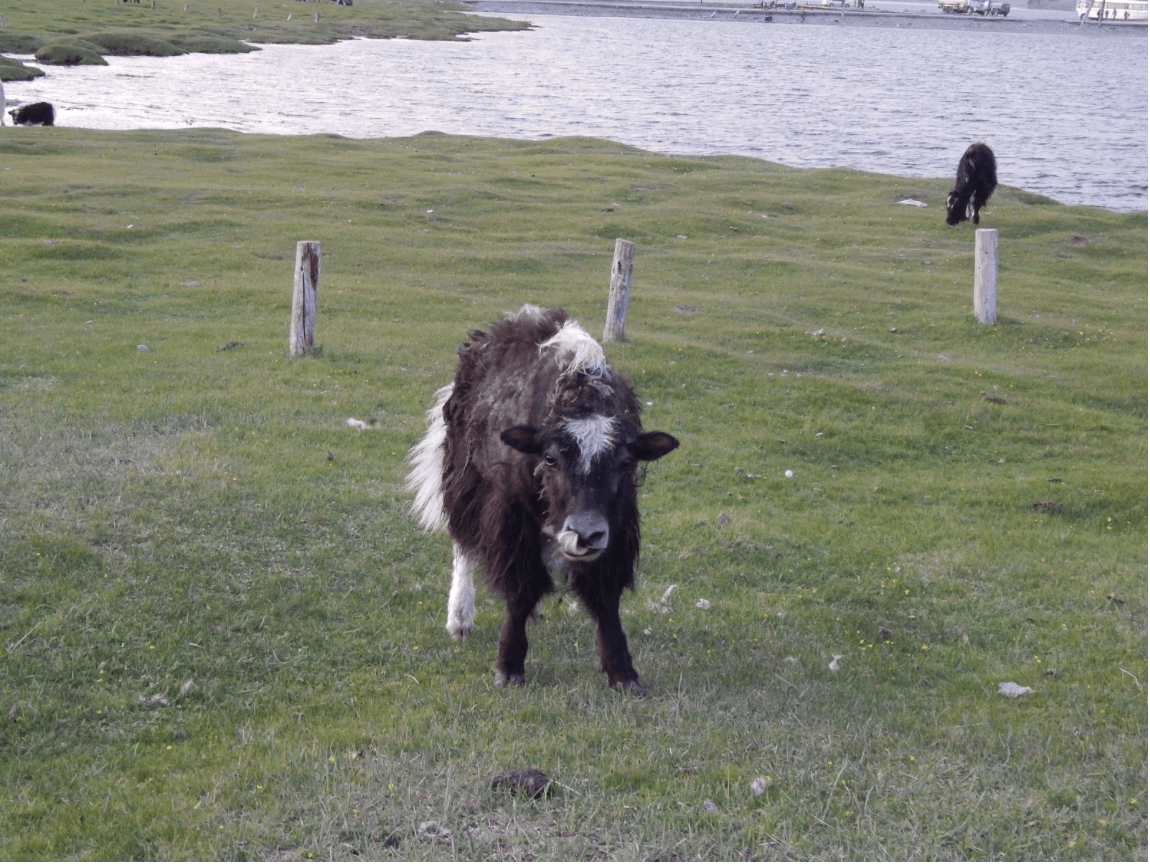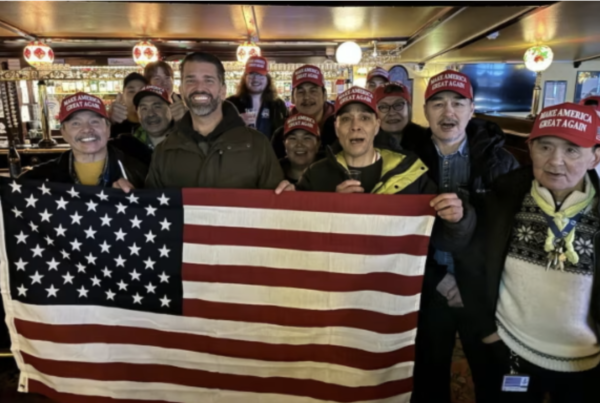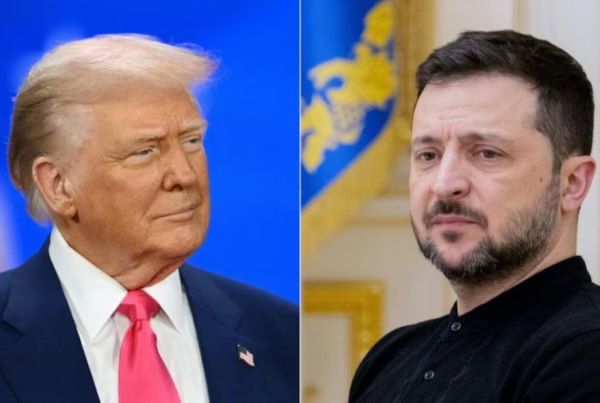By Sara Sanabria
Where were you the last time you felt a sense of pure wonder? A feeling of absolute amazement; as if the world had stopped spinning and it is just you and that, which is in front of you? For me, it was beside a dusty road outside of Hatgal, Mongolia.
Let’s rewind back for a second: Mongolia is like a patty stuck between China and Russia. It is landlocked, dry, and reaches below freezing temperatures during winter. Strategically positioned during the Cold War, it too was part of the Soviet Sphere. After the fall of the Berlin Wall and the crumbling of the Soviet Union, Mongolia saw its GDP fall by half overnight. Rather than descend into chaos or war, Mongolians worked together to demand democracy and a multi-party system. Since then, the country has been growing, albeit slowly, and relatively modernising.

The key word here, however, is relatively. While small villages like the one I visited have access to Wifi connection, and most people are up to date on Game of Thrones, a significant proportion of Mongolians hold on to their traditional way of life. In the countryside many still live in “Ger”s (large tent homes made of cow skins) and live off of their livestock. On your way to the grocery store you may see Range Rovers and Yaks sharing the road, as well as someone talking on their smartphone while steering a pack of horses. It’s this tango between tradition and modernity that makes Mongolia so unique, a place where you can see the two dip, sway and step in an eight-count dance where tradition seems to be the lead.

However, tradition has a solo in July when Mongolians put on their annual Naadam festivals. The full name of the festival translates to “the three sports of men” and during two or three days villagers compete in archery, wrestling, and horse-racing. First recorded around the Qing era of the 17th century, this festival now officially celebrates the 1921 Mongol Independence from China.
Men and women both take part in the archery contest. Men shoot from a distance of seventy-five meters and women from sixty-five meters. Each archer gets four arrows and each team of ten must collectively hit at least thirty-three small targets.
Wrestling, the second sport, is only for men; however, in an ironic twist, these male wrestlers wear skimpy uniforms that show off their round bellies and thick thighs. The goal is to make your opponent touch the ground with anything other than their feet or hands. At the start of the tournament, prominent wrestlers get to choose their opponents, most of them picking the smaller and newer wrestlers and as the day goes on, only the strongest remain. In Mongolian society, wrestlers are very well-regarded: interestingly enough, most successful wrestlers are also successful professionally and have important posts or are business owners. In fact, the principal of the Hatgal high school is a well-known wrestler.

The last of the sports is possibly the most fascinating: horse-racing. Unlike Western horse-racing, in Mongolia, attention is paid to the horse and to the jockey. The racing is split into two categories where two-year old horses race ten miles and seven-year old horses race for seventeen miles. The races usually start in the very early morning and end around 10am. As if it wasn’t difficult enough, it is probably worth noting that the Jockeys are boys or girls between the ages of seven to thirteen and they ride bareback.
My last moment of pure wonder thus happened at Hatgal’s Naadam festival. Around 10:30 am, as people waited for wrestling to start, a faint rumbling could be heard. I hurried over to the top of the hill close to the finish line to watch the scene below me. At the front were two or three horses were neck and neck, their child jockeys feverishly whipping them to go faster. Behind, about eighty more contenders followed, while a few SUV’s sped alongside, presumably carrying worried parents. As the thudding became louder and the race approached, I was in complete awe. What was I doing at the age of nine? Certainly not riding bareback across the Mongolian plains. And that is when it dawned on me: Mongolian culture is not a fixed platter of events, customs and foods, it is something that is born out of perseverance, strength and a sense of community, all of it deeply rooted in a year-long celebration of tradition.

I have no reservations in strongly recommending everyone on planet Earth to see Mongolia at least once in their lives. Not to “find yourself” or seek some ancient wisdom, but instead to experience a culture that could only exist in a place where children are as tough as nails, yaks creep into your front yard, and tradition and modernity dance ever forward.
Sara Sanabria is a second year student at Sciences Po Campus of Reims and Travel Section editor at The Sundial Press.
Other posts that may interest you:
- The Trouble with ‘Ecocide’
- Carbon dioxide removal – hit or miss?
- Local Victories for Turkish Opposition — A Sign of Hope?
- Are France and Japan a Mismatch Made in Heaven?
- A Reflection on Dark Tourism
Discover more from The Sundial Press
Subscribe to get the latest posts sent to your email.





